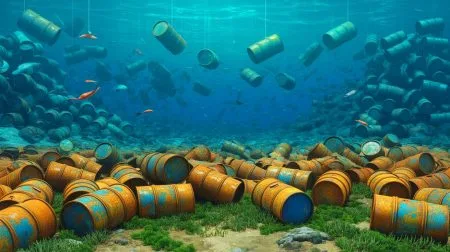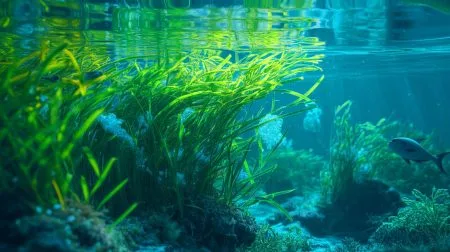Photo: Pixabay/PatternPictures
The London Underground is key to the functioning of England’s capital city. Roughly 2 million people use it each day. But it is polluted with small particulate matter from heavy metals, including iron oxide, that may be damaging to human health.
These particles range in size, but so-called PM2.5 particles are typically less than two and a half micrometres (2,500 nanometres) in diameter and can cause asthma, lung cancer, cardiovascular diseases and neurological problems. If it was classified as an outdoor environment, concentrations of particulate matter on the underground would exceed the air quality limits set by the World Health Organisation.
My colleagues and I recently conducted research at ten underground stations across seven different lines: the Northern, Piccadilly, Victoria, District, Bakerloo, Jubilee and Central. We found that users of the London Underground may be inhaling more airborne particles than previously recorded.
The majority of these particles are also smaller than those identified by previous research and represent a particularly serious health concern for humans. Between 60% and 70% of the iron-bearing particles sampled were 0.02 micrometres (20 nanometres) or less in diameter. Particles of this size can pass from the lungs into the bloodstream.
Magnetic particles
Metallic particulate matter is generated in underground rail systems through interaction between brakes, wheels and rails. Poorly ventilated platforms and tunnels then mean that underground users are exposed to high concentrations of these particles.
But as many of these particulates are metallic, they have magnetic properties. The underground is therefore a suitable location to test whether magnetism can be an effective method for monitoring airborne particulate pollution.
Our study employed magnetic and microscopic techniques including magnetic fingerprinting, 3D imaging and nanoscale microscopy. These methods represent a cost-effective way of characterising the harmful particulate matter in underground transport systems.
Traditional methods instead involve recording the concentration of bulk particles, such as PM2.5, by mass or volume – for example, in micrograms per cubic metre. Yet the fine particles that we identified weigh very little and may be too small to be detected using such a metric.
Examination of these fine particles under a microscope also revealed that they naturally clump together and give the appearance of larger particles. This means that traditional monitoring methods may not account for the true abundance of these smaller and potentially more harmful particles.
Mitigation routes
Our study also revealed that these fine particles have likely been present in the underground for months or years, but further research is needed to obtain a more accurate estimate.
The chemical structure of iron oxide moves through phases depending on its exposure to air. We recorded concentrations of highly oxidised iron-rich particulate matter. This suggests that the particulates have been exposed to prolonged low temperature contact with oxygen and makes it unlikely that they were freshly generated but instead circulated over time.
These particles will settle over time but are lifted into the air again as trains move through underground tunnels and arrive at platforms. We found that the air quality on some platforms is up to 40% worse than in ticket halls as a result.
But a set of systematic mitigation measures can be used to limit the recirculation of old particles. These measures include the periodic removal of accumulated dust from underground tunnels and the regular cleaning of tracks, which at present are cleaned solely for operational reasons and not in the interest of public health.
Another strategy would be to install magnetic filters in ventilation shafts to trap magnetic particles before they come into contact with humans. This strategy has been trialled in Seoul’s subway system in South Korea. Using a 60Hz fan frequency and double magnetic filters, 46% of the PM2.5 particles were successfully removed from a subway tunnel.
This decreased, however, to 38% for smaller particles.
Understanding the risk
There is conflicting evidence over whether particulate matter pollution in underground train systems is in fact more dangerous than exposure to outdoor air pollution. More definitive toxicological research is needed to evaluate the impact of airborne particulates on human health.
Research into the health impacts of exposure to air in underground rail systems shows mixed results. Toxicological testing of particulate matter in the Stockholm subway system in 2005 concluded that subway drivers were no more likely to suffer a heart attack than other manual workers in the city.
But more recent laboratory studies, using particles from the London Underground’s Bakerloo and Jubilee lines, indicate that users are susceptible to pneumococcal infection (including pneumonia and bloodstream infections). Further research in Stockholm found that the air on the subway is 40-80 times more damaging to human DNA compared with the air in an urban street environment.
Our characterisation of the London Underground’s particulate matter pollution complements traditional monitoring. Detailing the size, structure and chemical composition of particulate matter will better enable health experts and toxicologists to limit any potential health impacts associated with travelling on the underground.
This article was written by , a PhD Researcher in Earth Sciences at the University of Cambridge. It is republished from The Conversation under a Creative Commons license. Read the original article.
Did you like it? 4.5/5 (30)





